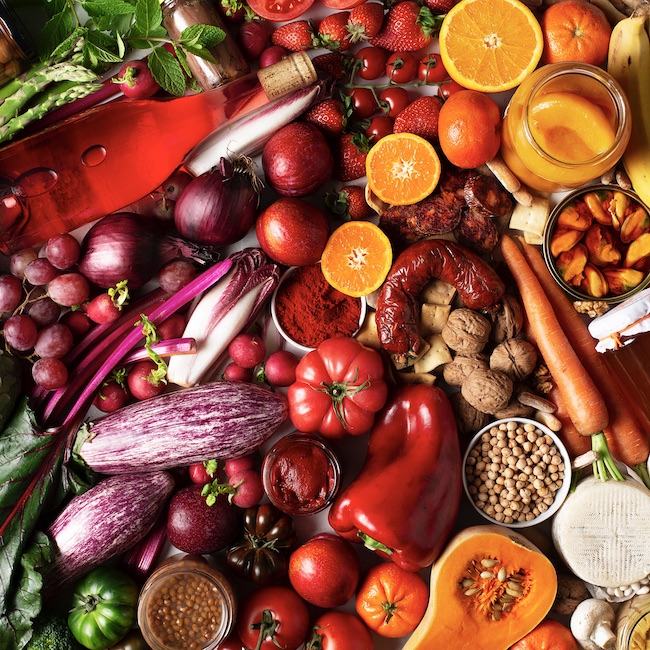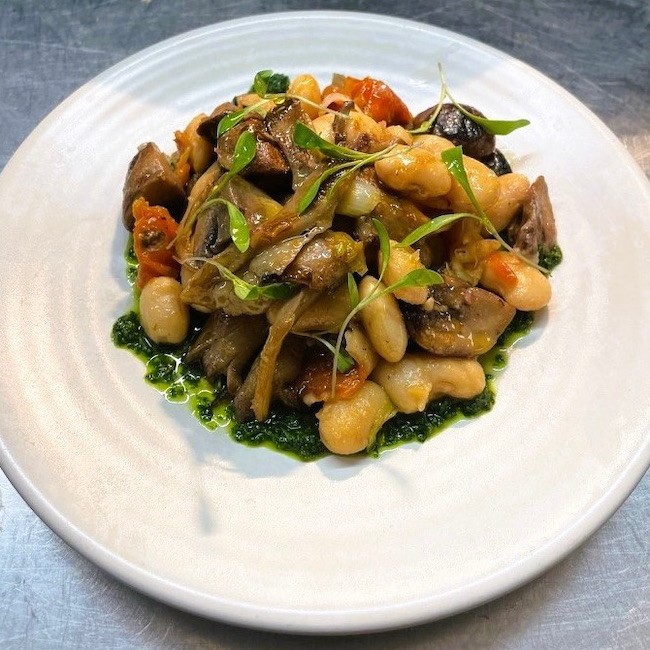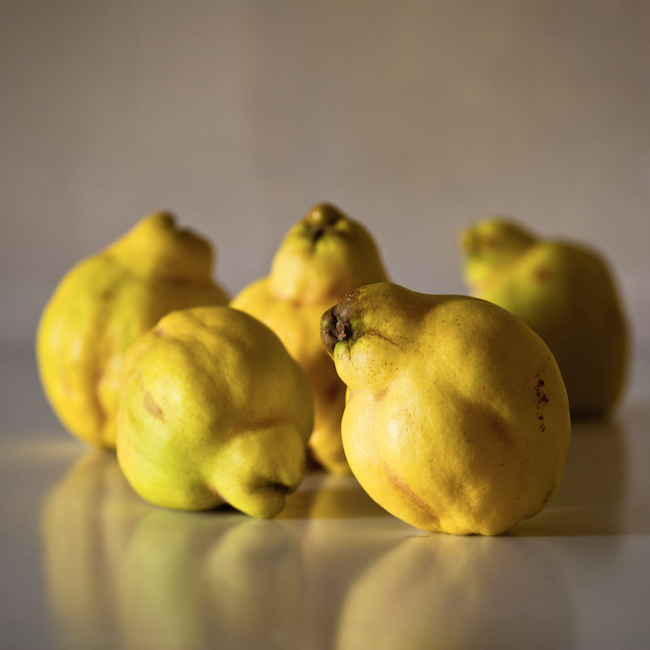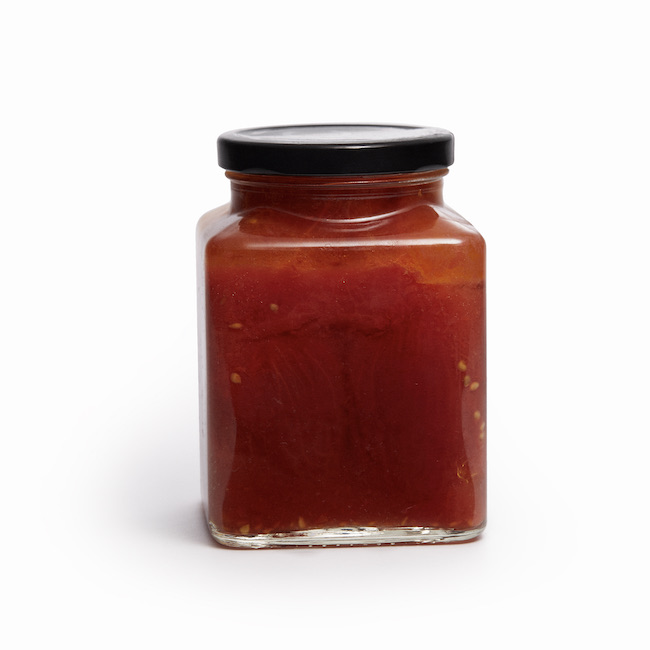.png.transform/rendition-xs/image_image%20(1).png)
A Healthy Start to 2024: Veganuary and the Delightful Flavours of Spain
A New Year is coming! Soon we will wrap up the year and start saying goodbye to the opulence of the holidays. This 2024, enjoy the best of Spanish cooking with a healthy twist.
Following a season of indulging in polvorones, cochinillo, mazapán, y mucho más, January beckons us to reset and realign. Providing an opportunity to renew our commitment to health and wellness.
In January, the world collectively embraces the ethos of Veganuary - a global movement advocating for the adoption of a vegan lifestyle throughout said month. This initiative serves as a catalyst for individuals to explore the vibrant and flavourful landscape of veganism, not just in terms of dietary choices but also as a holistic approach to well-being.
The rich tapestry of Spanish cuisine, renowned for its diverse flavours and culinary traditions, takes on a new dimension during Veganuary. It becomes an exciting canvas for chefs to experiment with plant-based ingredients, offering a healthy twist to traditional dishes. From savoury tapas to sumptuous paellas, the possibilities are as diverse as the regions of Spain.
Healthy Can Be Delicious.
Embracing the essence of Spain, the culinary landscape in January not only aligns with current health trends but also maintains the delicious and decadent spirit of traditional cuisine. The vibrant flavours of Spanish kitchens seamlessly blend with wholesome options, making Veganuary the perfect time to dive into the health-conscious offerings of the season.

Reflecting the deep history of its soil, Spanish cooking draws inspiration from a diverse array of fruits and vegetables. A whole range of beans, pulses, and legumes can be found in Spain, many of them with PDOs (Protected Denomination of Origin) and PGIs (Protected Geographical Indication) to their name. While some are prevalent in the north of the country – often in Castilla León or Galicia, like the famous Faba Asturiana in Asturias – others, such as the Garbanzo de Escacena PGI (a chickpea), can be found in regions further south.
Even in January, when the availability of fresh produce may seem limited, the Spanish kitchen offers a burst of colour with locally crafted chutneys and jams from various regions. These delightful condiments not only enhance the visual appeal of meals but also infuse them with the unique flavours that make up the different regions of Spain.
Despite the traditional association of Spanish cuisine with meat and seafood, there's an abundance of unexplored vegan treasures. Vegan tapas and plant-based dishes are rapidly gaining popularity amongst Spanish chefs, presenting a diverse array of options inspired by regional specialties.
In essence, the intersection of traditional Spanish cuisine and contemporary health consciousness creates an exciting gastronomic journey during Veganuary, as plant-based options in the Spanish diet gain popularity.
This Veganuary pay homage to the rich culinary heritage of Spain.
For aficionados of Spanish gastronomy, a treasure trove of vegan-friendly options awaits within traditional Spanish kitchens. The culinary landscape, renowned for its rich diversity, willingly embraces the spirit of Veganuary, offering a myriad of plant-based delights that not only satisfy the palate but also echo a commitment to a healthier, more sustainable, and ethically conscious lifestyle.
Indulging in a morning feast at typical Spanish cafes offers a delightful array of breakfast options that cater to diverse palates. Among the popular choices are the classic pan con tomate, where bread is adorned with a luscious blend of pureed tomato, olive oil, and a dash of salt, creating a flavourful and satisfying start to the day.
For those with a sweet tooth, who can resist the temptation of churros? When enjoyed without the customary chocolate dip or with a dairy-free alternative, these fried sticks of dough, generously dusted with sugar, become a delectable vegan-friendly treat that adds a touch of sweetness to your morning meal.
Vegan options line Spanish cuisine, and the art of tapas is no exception. Using these staple dishes to weave a tapestry of flavours, the world of tapas offers a diverse array of plant-based options. Among the popular vegan-friendly tapas delights are Pimientos de Padrón, Patatas Bravas, Espinacas con Pasas or Croquetas (made using plant-based milk alternatives) and a myriad of tempting bocadillos.

Veganuary is so much more than just food.
Venturing beyond culinary exploration, Veganuary beckons us to uncover the vegan-friendly facets of Spanish wine. A growing appetite for transparency in winemaking has emerged in recent years. Traditional fining agents like egg whites or casein, once commonplace for refining wines, are gracefully yielding to innovative methods that cater to the increasing demand for vegan-friendly options. Some cherished vegan choices include Marqués de Cáceres in Rioja, Ramón Bilbao in Rueda, and Bodegas Martín Códax in Rías Baixas.
Veganuary transcends the dinner plate, extending to the joy of savouring a glass of Spanish wine that harmonises with ethical and dietary preferences. The journey into veganism can transform the month into a celebration of health, compassion, and the vibrant tapestry of Spanish flavours.
Salud to a year infused with the essence of Spanish traditions, imaginatively adorned with a healthy twist!

Recipes:
Mushroom and Butter Bean Mojo Verde – by Nacho del Campo, Head Chef at Camino
Ingredients
- 1.5kg sliced chestnut mushrooms
- 500g oyster mushroom strips
- 25g garlic paste
- Thyme
- 2 jalapeño peppers
- 50g coriander
- 50g parsley
- 100g ground cumin
- 6 garlic cloves
- 200ml extra virgin olive oil
- 10g salt
- 10ml apple cider vinegar
- 1kg cooked white beans
- 2 bay leaves
- 2 brunoise onions
- 100g sunblushed tomatoes, cut into strips
Method:
- Clean the chestnut mushrooms and cut them into quarters. Clean the oyster mushrooms and cut them into strips 1.5cm long.
- Sautee the mushrooms with the garlic paste, thyme, some salt and black pepper, in a glug of olive oil. Take off the heat and leave to one side.
- Roast the jalapeños, then remove the seeds and skin. Toast the cumin in a pan, before blending the jalapeños, cumin, coriander, parsley, three garlic cloves, 50ml of oil and 10g of salt together.
- Sautee the remaining garlic, the chopped onions and bay leaves in a pan with a glug of oil. Drain the cooked beans before adding to the onion mixture, along with a pinch of salt, pepper, and the tomatoes.
- Add the vinegar to the Mojo Verde just before serving.
- To serve, mix the mushrooms and beans together and plate onto a bed of the Mojo Verde.

Membrillo - by Nacho del Campo, Head Chef at Camino
- 750 gr Caster Sugar
- 1kg Peeled and deseeded quince
- Juice of 1 large lemon
- Peel and deseed the quince, it is important to have a ripe fruit that is yellowish. This process needs to be done quickly as the quince oxidises quickly, Cut the peeled and seedless quince into small 2cm cubes. Use the lemon juice to mix with the quince to slow down the oxidation process.
- In a large pot mix the sugar with the quince cubes and cook slowly until the sugar has melted and the quince starts to release juices. Once it starts boiling, cook on a low heat for 20-25 minutes.
- Once it is cooked, blend the quince with a blender and let it set in a container.
- The membrillo needs to be left to set for at least 12 hours.

Tomato Jam – by Nacho del Campo, Head Chef at Camino
- 350gr Caster sugar
- 1 Red chilli without the seeds
- 1kg Peeled tomato de la Canada cut into 8 pieces
- 1 Cinnamon stick
- 1 Vanilla pod
- 1 Star anise
- 1/2 Orange zest
- Chop the chilli into small pieces without the seeds.
- In a large pot mix all the ingredients together and slow cook it for 2 hours from the moment that the mixture starts boiling at a very low heat, making sure it is mixed often to ensure it does not get burned.
- When the jam is ready remove the cinnamon stick and the star anise.

